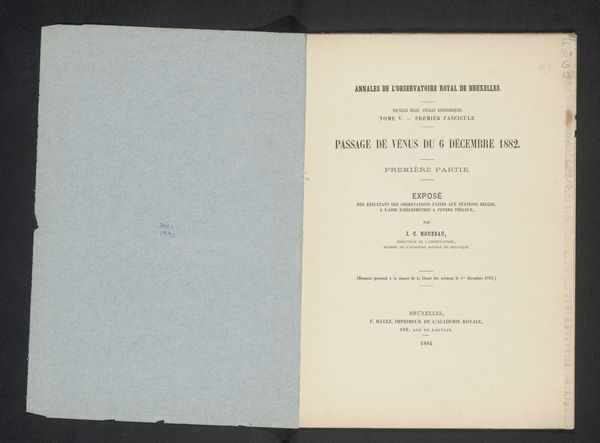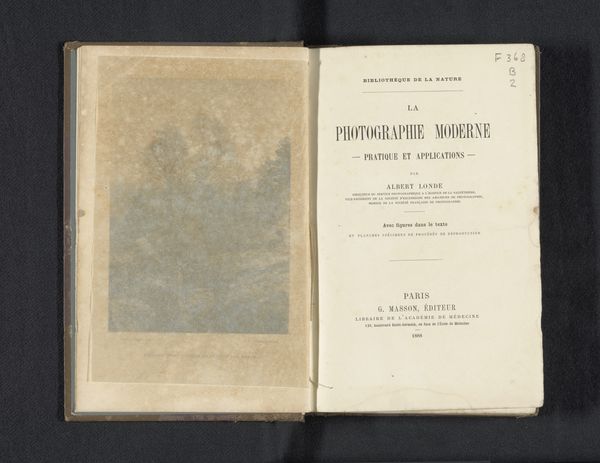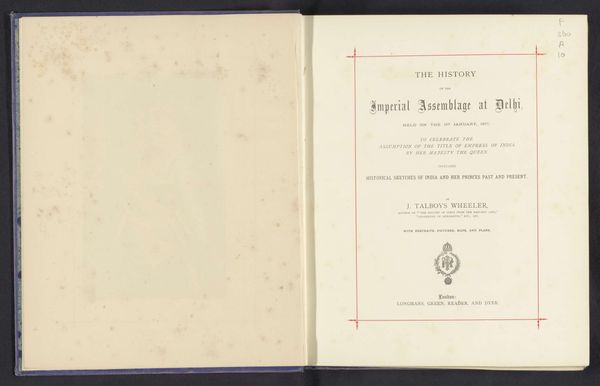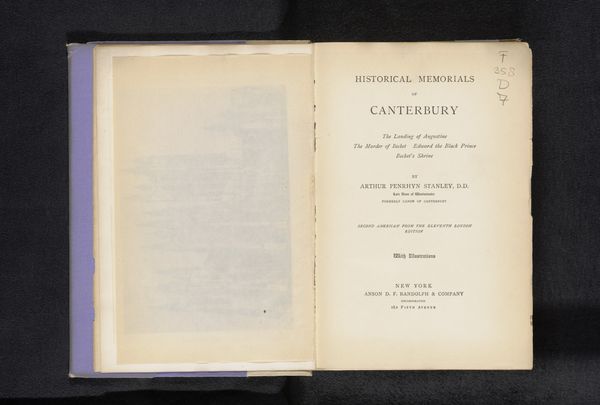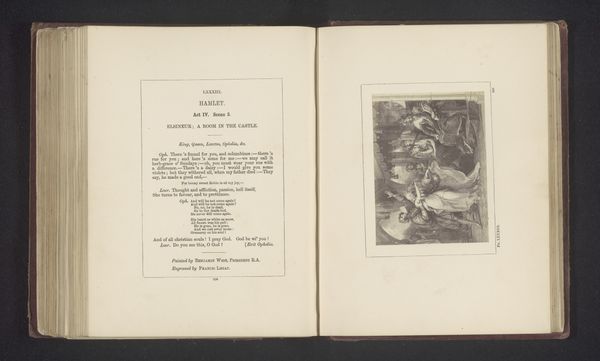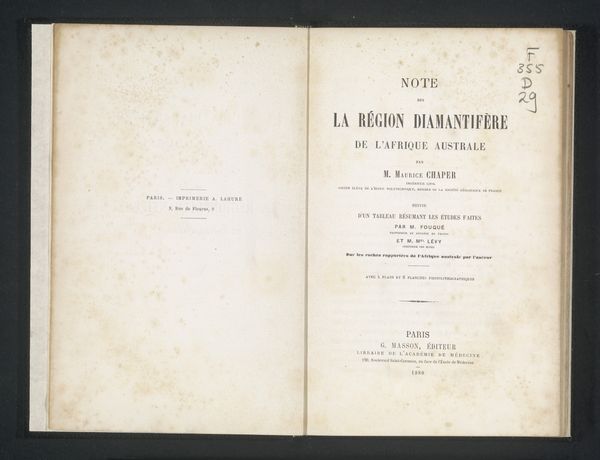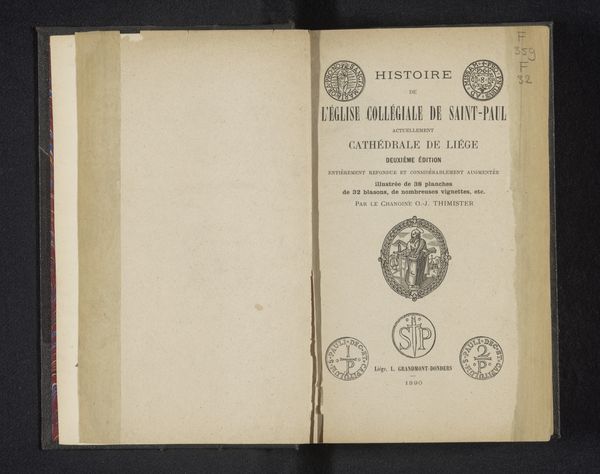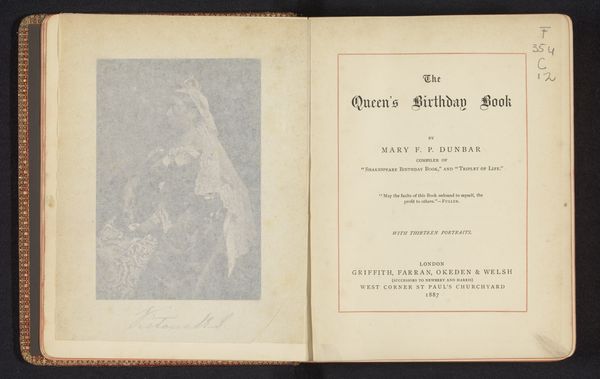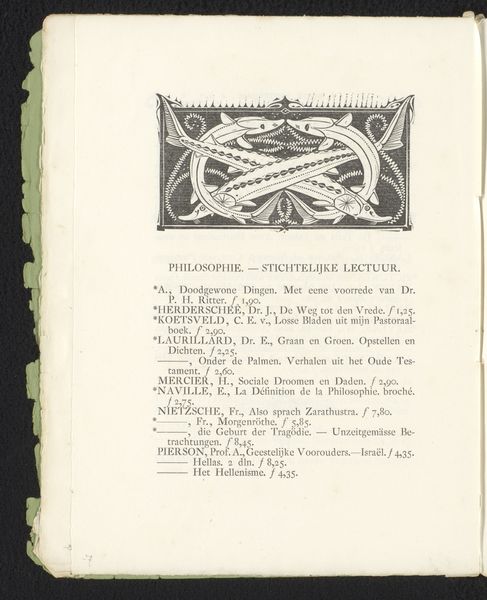
Magic: stage illusions and scientific diversions: including trick photography/ comp. and ed. by Albert A. Hopkins; with an introd. by Henry Ridgely Evans 1897
0:00
0:00
print, photography
# print
#
photography
Dimensions: height 248 mm, width 177 mm, thickness 46 mm
Copyright: Rijks Museum: Open Domain
Editor: Here we have a fascinating historical artifact: "Magic: Stage Illusions and Scientific Diversions," a book compiled and edited by Albert A. Hopkins in 1897, featuring prints and photography. I’m struck by how much our contemporary fascination with special effects has roots in this era. What can you tell us about the context surrounding this publication? Curator: This book, published near the end of the 19th century, speaks volumes about the social and cultural obsession with spectacle at the time. Mass media and photography were rapidly evolving. Could you imagine the excitement the average person must have had when trying to grapple with the intersection of science, entertainment, and deception all in one package? Editor: That’s an intriguing perspective. What role do you think these types of books played in shaping public perception of science and magic? Curator: These publications popularized both. It democratized access to the ideas *behind* the illusions, even while guarding secrets. Also, consider how they likely reinforced or challenged the authority of institutions that controlled these public narratives around progress. For example, who published this book and where? Editor: It was published in New York by Munn & Co., known for "Scientific American." It suggests they believed magic, trick photography, and science all fell within their purview. It really shows that popular science embraced even the unbelievable! Curator: Precisely. So this work isn’t merely a historical curiosity but reflects a complex interplay of knowledge production, public consumption, and the politics of spectacle. Ultimately, "Magic: Stage Illusions and Scientific Diversions" encapsulates the tension between the seen and unseen, knowledge and deception in popular culture. Editor: This discussion gave me a new perspective! I originally thought about it purely as entertainment but understanding the social forces makes me appreciate it more. Curator: Agreed. By exploring the cultural and historical backdrop, this artwork reveals the fascinating relationship between illusion and reality.
Comments
No comments
Be the first to comment and join the conversation on the ultimate creative platform.

